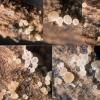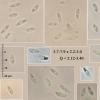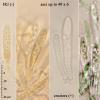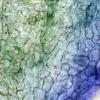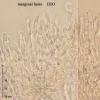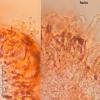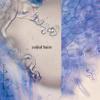
10-02-2014 14:40
Hi to all I have found these minute (up to 0.3-0.

09-02-2014 20:52
Hi to all These pulvinate erumpent stromata grew

08-02-2014 17:09
 Christian Lechat
Christian Lechat
Dear scientist interested in one name for genera i

09-02-2014 13:23
Hi to all!Someone, please, have this paper:Ellis,

09-02-2014 12:28
 Martin Bemmann
Martin Bemmann
Hi, Yesterday I bought some rhizomes of Zingiber

08-02-2014 22:42
 Andreas Gminder
Andreas Gminder
Dear collegues, does anyone know what is hidd
Hi to all
I have found these minute (up to 0.3-0.4 mm), gregarious, obconical, witish to amber downy ascomata growing on wood of cankers of Ulex europaeus at the sea level.
The asci are IKI negative, 8-spored, with croziers. Paraphyses with small roundish colourless Vb's that stain in Crb. The hairs are long cylindrical, at least with 1 septum, hyaline, thin-walled, smooth, straight at the margin but coiled at the flanks,
I don't know a good genus for this collection. Can you help me again?

I can't help you :-( I probably never saw this species, and have no clear idea about a genus. Perhaps I will put it tentatively in Psilocistella as waste basket....
Can you please send me the photos in higher resolution?
Zotto
Done!
Thanks

